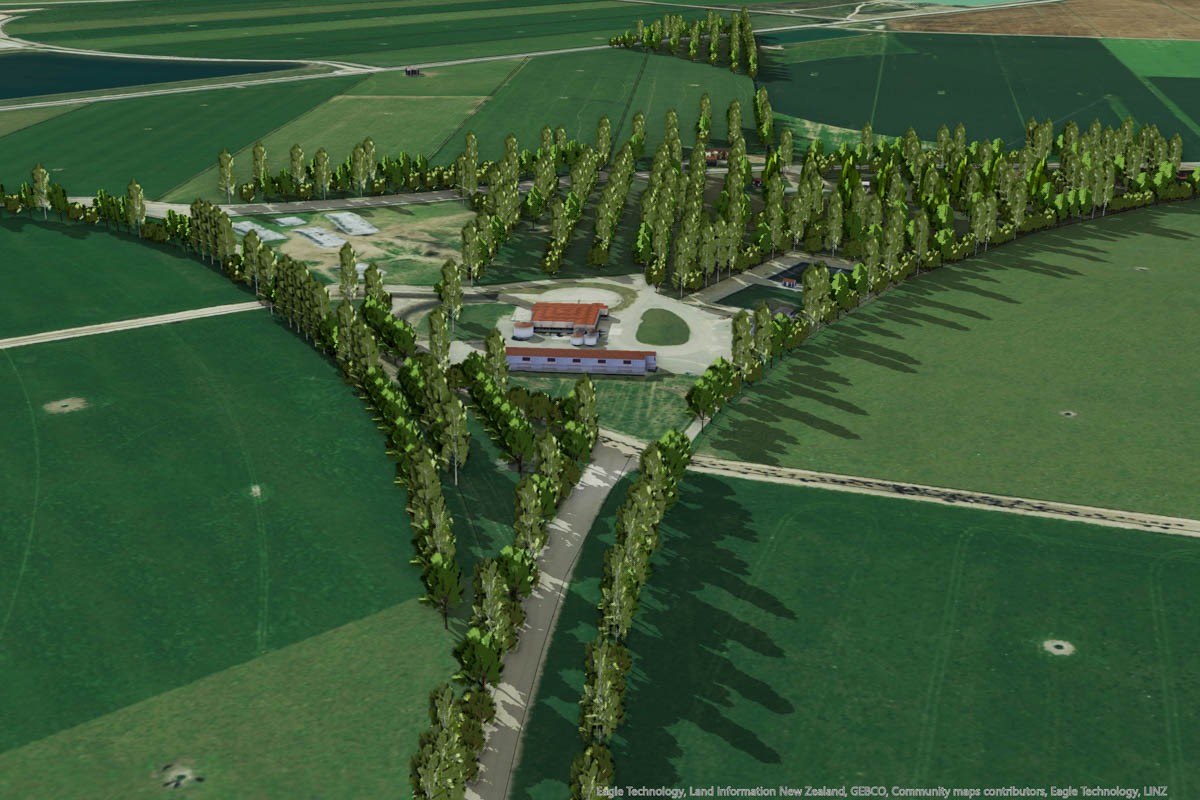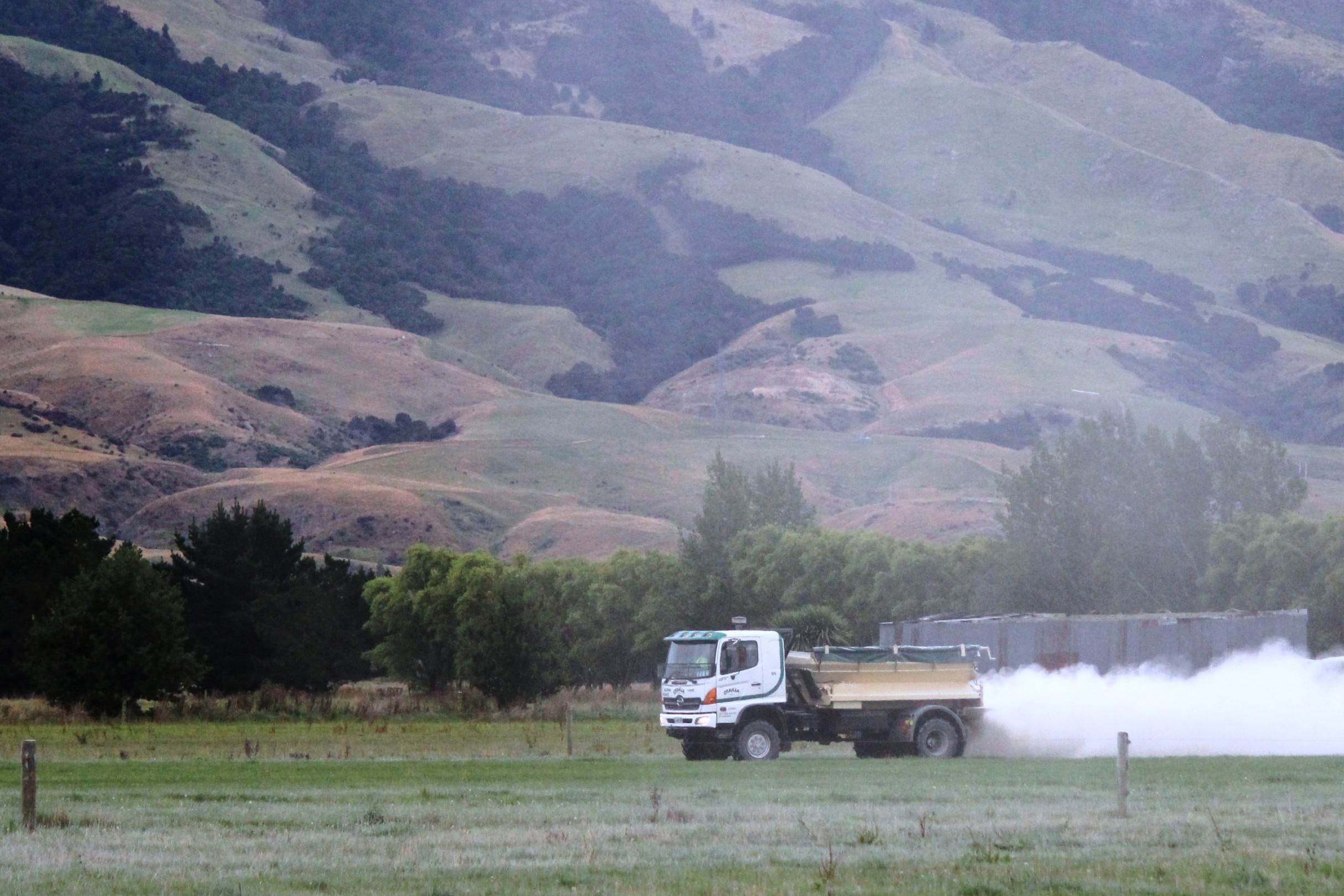A snapshot study of farming’s impact on meat quality, found most of Kiwi agriculture is regenerative, Jo Cuttance writes.
AgResearch senior scientist Katherine Tozer has found many of New Zealand’s farming practices are kind to the land, sustainable, and farmers, whether they are regenerative or conventional (sustainable). Tozer, along with AgResearch scientist Mustafa Farouk were part of a team who did a snapshot study titled, Impact of regenerative farming on meat quality.
One thing in the study which stood out was a lot of our approaches are already regenerative, she says.
“So regardless of what camp people put themselves in, if you compare it to overseas, we are very much regenerative,” she says.
Tozer found farms were already being managed with quite a regenerative foraging approach, compared to overseas farmers which had a lot more intensive farming, and indoor farming.
“It really was how you defined regenerative, because it varied a lot between farms and farmers.”
Tozer says the snapshot allowed them to find out what the consistent patterns were which could be used as a starting point to work out where to focus effort.
“If people are not from a science background, they can go with unrealistic expectations of what this sort of study will produce and what you can get out of it,” she says.
In the study they gave some definition and narrative to how they defined regenerative agriculture based on what they heard from the farmers. This enabled them to make some direct comparison.
Sustainable (conventional) farmers in particular wanted to know more about profitability and the use of fertiliser in regenerative agriculture.
Farouk says overseas people are looking at regenerative compared to conventional, so it was good that they had done preliminary work here, because it gave an opportunity to build on that, so they can be ahead of other countries.
Farouk, who specialises in meat, says they can not say anything conclusive about what they had seen in regards to meat quality until all the proper work has been done. That would only come after all the economics, management, plants and other things were sorted.
Long term study needed
The observational study looking at the impact of regenerative farming on meat quality, has provided some focus for future research in sheep and beef hill country.
It looked at how cattle finished on regenerative and sustainable (conventional) farming systems differed in their meat quality attributes. That the differences between the systems in meat quality are associated with differences in pasture diversity.
The study, which involved both sustainable and regenerative farms, produced mixed evidence. It did provide a basis for designing robust and focused field studies to identify causes, and quantify effects.
Tozer says sustainable farmers in the study wanted to know what the economic value proposition would be if they had to change some of their methods.
Fertiliser is one of the biggest differences they found between the two groups. Changing fertiliser choices would lead to differences in production and economics, and the different methods of farming would also lead to differences in economics.
“For a number of farmers, the conventional ones in particular, they are wanting to know what it is going to mean for their economic viability,” Tozer says.
The economics question is one of the next steps needed. This would be looked at in another project by someone else. In terms of soil, plant and pasture, which was Tozer’s focus, longer term monitoring is needed to look at the difference in the pastures, in terms of their production, their quality, and what is happening both above and below ground, and what are some of the impacts environmentally.
Farmers were particularly interested in soil life, so there is a lot of scope for good, solid research. This involves trials set up, replication that is controlled, not a survey approach but something which would allow robust applications between systems or even just the way pastures are managed. A systems study is needed, that can also be a pasture study, she says. Then they can start looking at some of the mechanisms, not just observable differences or lack thereof, and what is causing changes.
Minimum of three years needed
For pastures a minimum of three years is needed, but really four or five years to get good information. This is because you have to get the whole interaction of climatic factors, how pastures respond with drought is going to be different to how they respond in ideal conditions, and that is going to depend on the management.
“By the time you have differences in soil type etc, layer in that difference in management, then you get differences in climate, you can get all sorts of things going on,” Tozer says
She says there is no way you can do a short-term study and get a good picture.”
“This assumes it is at one site but if you really want to get some grunt you need to be doing it on different sites.”
Farouk focused on meat in the study. A lot of factors needed to be considered when looking at meat quality. You have to consider different breeds of animals, different types of feeding and the finishing, how old the animals are, along with the numbers you had to run.
“There are a number of factors that have to be considered to give a conclusive answer,” he says.
In the study, they just sampled what was available.
To have something conclusive they would have to raise the animals from the start, equally, same age, same breed, and get as many as possible spread out along many different systems.
Then they could say for sure these animals have been treated equally in different types of systems and everything is controlled except for the practices that exist between regenerative compared to sustainable.
Once that is done, they could say: this is the answer, but otherwise all they have done is just preliminary – it needs to be taken further to become conclusive.
Farouk says it would be possible to set up a study like this but it would need to happen after pasture studies were completed.
Farmer input crucial
For researching the impact of different farming practices on meat quality, the participation of famers would be very important.
They would have to get as many farmers who work in regenerative practices, as well as conventional practices, interested in the work itself, he says. Once they had as many farmers as possible, then they would have to decide what stock breed to use.
For example, if they used dairy beef, they would have to be bred, once at a certain age they would then need to be distributed to farms. Then the farmers would need equal incentives for inputs, to allow these animals to graze and follow regenerative or sustainable practices, measurements of what they were consuming would need to be done, and then the animals would need to be harvested at the same time.
Farouk says they would have to get the meat works involved and interested in the work. This would cover when those animals were ready to be processed, taken to the meat works, be processed, samples collected and studied. Getting co-operation from the processors would be very important.
After all that, they could get the meat and do the measurements.
“It will have to involve a lot of control, controlling the animal, the breed, the same age, distributing them to people’s farms so that everything is the same,” he says.
It is doable because there is a lot of interest.
“I’m sure when conditions are right and we have enough time, we’ll be able to get more farmers interested in being part of this study.”
For now, they would need statisticians to work out how many animals would be sufficient to get a conclusive outcome.
Tozer is involved in an application, with others, for funding from Sustainable Food and Fibre Futures to look at some work, not for meat quality but for grazing. To look at above and below ground and the effect of different grazing management strategies.
Farouk has not applied for funding to study meat quality from different farming practices. For his type of work, onfarm practices need to be sorted first.
When the kind of work Tozer and others do is complete, and when farms are fully characterised and classified then they could put animals on those farms.
Farouk says they needed an animal management team. The researchers had plants and soil, but needed people who are breeders, meat scientists, and people who would take the meat and put it on a plate for the consumer. They would then look at what the consumer wanted, from nutrition, to eating qualities. His work on meat quality was at the tail end of research on the impact of regenerative farming on meat quality.
Benefits of diversity
How well diverse crops perform in monoculture and how well they perform when mixed with other species, is the focus of the snapshot project.
Diversity definitely has benefits, but maintaining that diversity can be difficult. Often the diversity benefits come from key characteristics of key plants.
“It’s not so much just having a broad scatter of a hundred different plants,” Tozer says.
The key features of those key plants are important for the environment where you are farming. If a farmer is in a dry area, a key feature might be something drought tolerant and deep rooted.
“It’s the traits they have got, and adapting the mix with the right species for the right climate and farm type,” Tozer says.
If you sowed something alone and purely focused on production, and it produced 10 tonnes, then sowed it as a quarter with other species, you would expect it to grow at 2.5t (one quarter). If it produced more, it had benefited by being sown with other species, if it produced less, then you knew it had been suppressed by being sown with other species.
“Sowing something with other species is not always good for an individual plant.”
Plants might benefit or they might be suppressed, and it is all to do with the trait.
A lot of work has been written by scientists looking at pasture diversity persistence and weed ingress.
Tozer says it is very difficult to keep the diversity farmers want, which led to issues in terms of the quality of the feed, and the production of feed.
“The issue was keeping pastures with a sown diversity that would fulfill the role of what farmers wanted to get out of it.”
This role is usually related to production and having a mix that could capitalise on this.
Often the thinking of farmers with diverse mixtures is: what sort of mix are they going to get that is going to give the livestock good quality feed right through the year – a more resilient mix.
She says in reality it is very hard to maintain a desirable, diverse pasture that farmers wanted.
Each species still plays a function but some would have really negative impacts on animals. Thistles and yellow bristle grass are examples, diversity would be increasing but they could have really big problems for animals.
Results from this project will be released later in the year, and would show if it is worthwhile to do a larger study.





